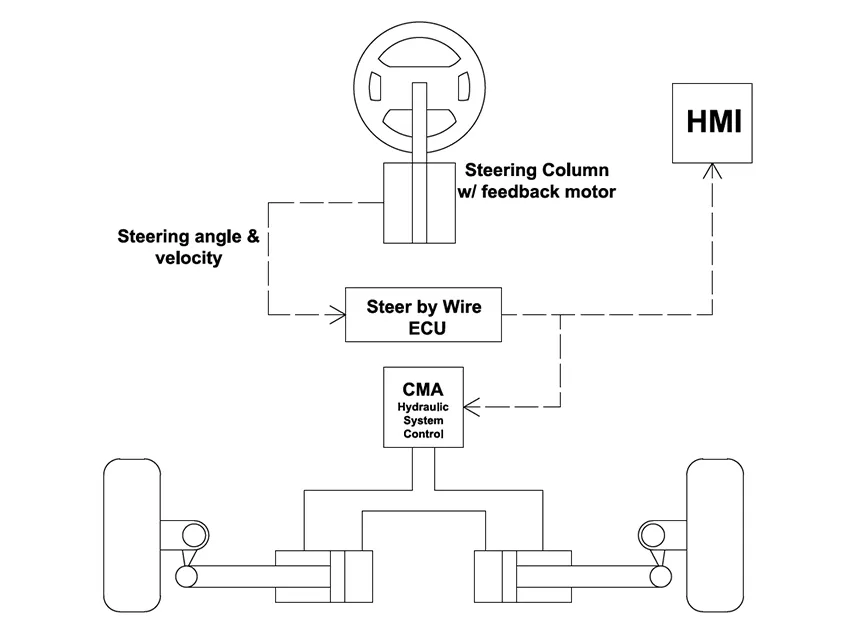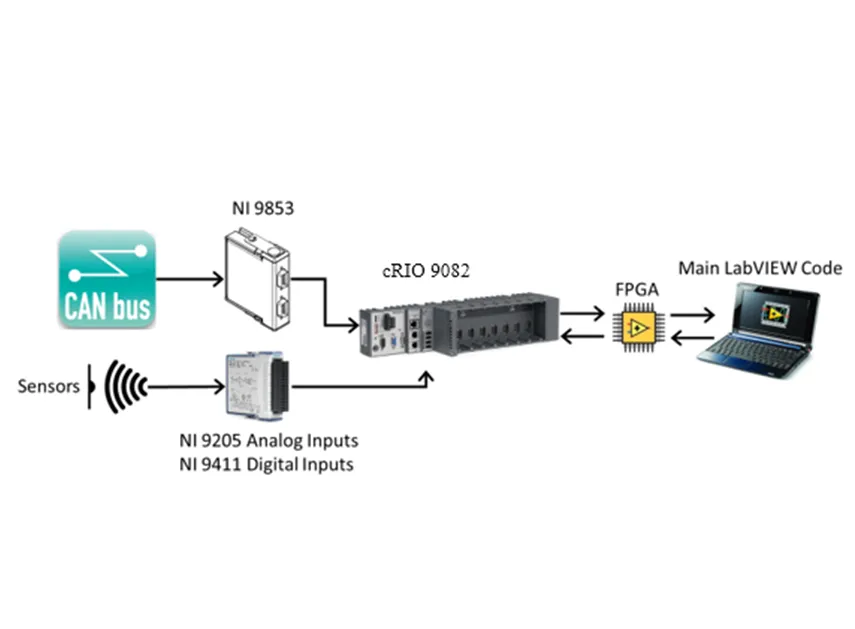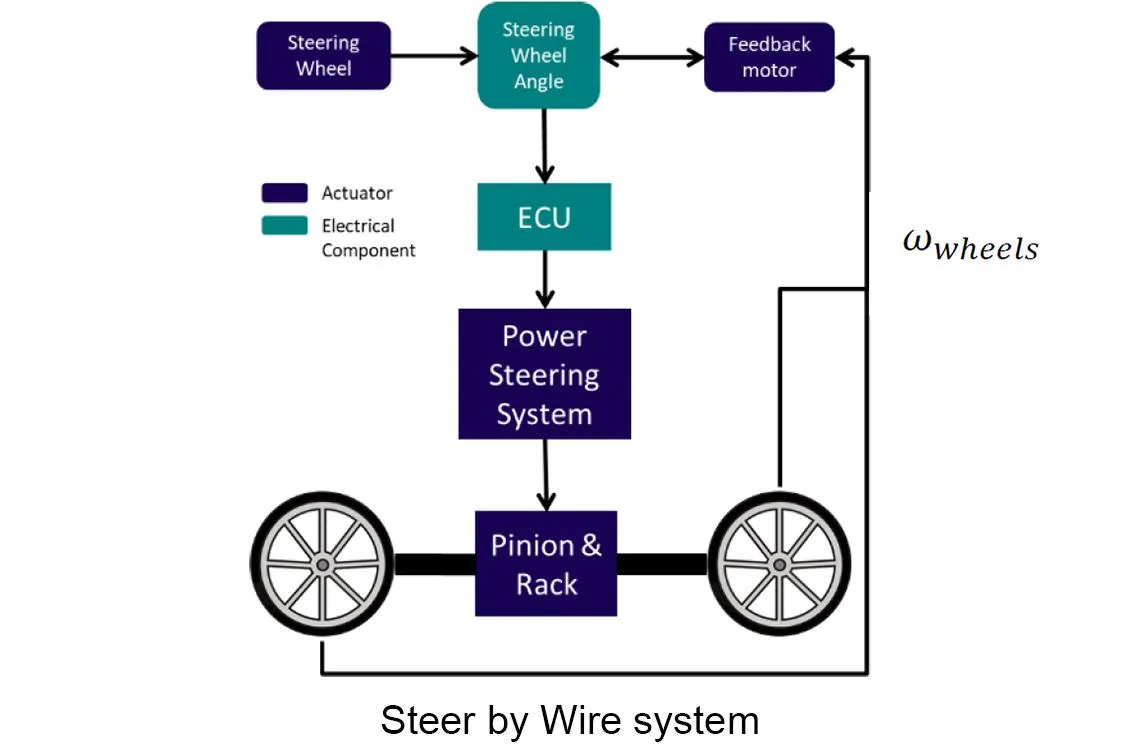When to Use Open vs Closed Loop Controls
Open loop and closed loop controls refer to machines that either do or do not receive feedback from machine sensors
Open vs Closed Loop
Open and closed loop controls refer to electronically controlled machines and whether or not they give feedback from the machine. Machines with closed loop controls get feedback from machine sensors and adjust operations based on current machine conditions. Open loop controls do not receive feedback and merely do what they are programmed to do with no regard for current machine condition.
At first thought, it may seem like closed loop controls would be preferable in most circumstances; however, there are times when open loop systems are preferred. Operations with high repetition and low variability do not necessarily require feedback from the machine. An assembly line is a good example of an application where open loop controls can be utilized because the conditions are constant and predictable. On the other hand, closed loop controls are better for situations with more variables that must all be measured and compensated for.

Open Loop
Benefits of Open Loop
Open loop controls have some significant benefits over closed loop controls. The simple design and lack on having to process feedback from various sensors requires less computing power and a potentially less expensive controller. Open loop control systems can be also easier and cheaper to maintenance and tune.
Drawbacks of Open Loop
Open loop designs have their share of drawbacks as well. Without sensors feeding conditions, there is no assurance of completion or accuracy of operations. This assurance can only be accomplished via manual checks. Additionally, open loop controls cannot be used in high-precision applications because the output is less accurate. This typically can require more skilled and diligent operators to recognize system conditions, correct for these conditions, or manually operate the machine to generate the desired output.

Closed Loop
Benefits of Closed Loop
Closed loop controls use data sent to the controller from integrated sensors. This allows the machine to self-tune based on machine conditions. The controller of a long boom can read data from sensors, interpret the instability, and if programmed correctly, apply an appropriate level of countermeasures. This self-correction means that the operator can require less experience to recognize system conditions and to achieve the desired output. Accuracy and completion assurance is also possible by accurately reading machine conditions.
Drawbacks of Closed Loop
Closed loop systems are more complicated because it requires additional commissioning, tuning, and also possibly programming. If a sensor goes bad, the machine may be in working order but cannot complete its desired output which can affect machine performance. Maintenance and troubleshooting in some cases can be more complex for machines with closed loop controls due to the additional sensors and controllers and their interactivity with controllers.
|
Applied Fluid Power Can Help |

|


